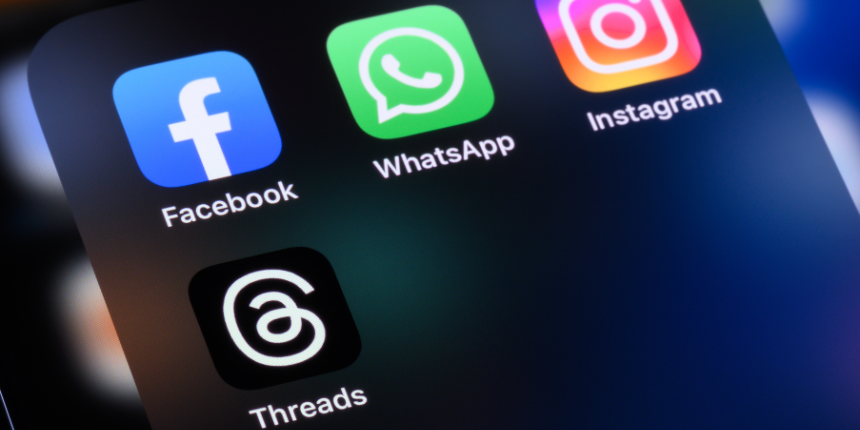
Amplify your reach and drive results with our tailored paid media strategies.

Ad fraud is an issue that continues to plague the industry. According to research commissioned by the Association of National Advertisers (ANA), advertisers will lose $7.2bn to bot fraud this year. That is up from $6.3bn in 2015. In June, the World Federation of Advertisers (WFA) issued a report warning that levels of ad fraud could potentially become so rife, that criminals could be extracting as much as $50bn of value out of the industry by 2020. The issue comes from networks of infected computers, known as botnets. They simulate human activity so it looks as though a person is viewing an ad. Fraudsters can either sell this bot-generated traffic to online publishers or place digital ads on websites that are mostly only viewed by bots. As the illustration below highlights, a December 2015 survey found ad fraud to be the second biggest issue concerning advertisers, with 47% of respondents citing it as the most critical problem within programmatic advertising.
The rapid growth of programmatic advertising, particularly in areas such as mobile and video, is one of the reasons why ad fraud is becoming so prevalent. According to the ANA, programmatic attracts 73% more bots than direct buys. But in general, marketers are spending more on online advertising than ever before, and so fraud levels are bound to grow in line with that. While ad fraud is an issue most marketers are aware of, many remain unsure about what to do. The industry needs to come together to find a solution, but in the meantime, there are measures that can be put in place to help minimise the problem.
Are your ad impressions viewable and delivered to human traffic? That’s the single most important question that marketers need to be able to answer. While ‘fraud free’ guarantees and verification vendors are out there, they’re not necessarily to be trusted. Alternatively, private marketplaces enable brands to be more certain about what they’re getting, from a premium publisher, but this is a more expensive option and doesn’t deliver the same in terms of reach. Ultimately, what marketers need to be doing is tracking their own ad views, via a third party tool. Of course, what goes hand-in-hand with this issue, creating an additional problem, is ad blocking. It’s therefore critical that businesses bring in specific expertise in programmatic, for the role to be carried out effectively. Accessing the specific expertise of independent agencies or consultants can also help to provide a further safeguard against fraud.
Subscribe to our monthly newsletter.
There have been singular attempts to combat the problem so far. Google, for example, apparently blocked more than 780 million ads last year for policy violations. In the UK, ISBA, the IAB and the IPA have set up the Joint Industry Committee for Web Standards (JICWEBS) to establish good practice principles for media agencies, ad tech companies, publishers and ad networks. Moving forward, it will apparently be looking to announce a list of accredited companies that are meeting industry standards. It will also liaise with relevant US industry bodies to produce a complementary anti-fraud framework. But other experts have argued that this is not enough, saying instead there needs to be an orchestrated industry-wide effort to combat ad fraud, across the marketing industry as a whole. First and foremost, businesses need to be including the subject of fraud in any contract or conversation with ad networks, trading desks or suppliers. It’s without question a subject the industry needs to be working together on. Speaking recently to Marketing Week, Dominic Grounsell, sales and marketing director at More Th>n, explained: “For years as an industry we’ve hidden behind the maxim that ‘I know 50% of my marketing is working I just don’t know which 50%’ – that’s frankly embarrassing for an industry that calls itself a profession. If reading this throws up more questions or concerns about ad fraud, we would be happy to have a conversation and answer your queries directly.
Amplify your reach and drive results with our tailored paid media strategies.
Amplify your reach and drive results with our tailored paid media strategies.
Subscribe to our monthly newsletter.